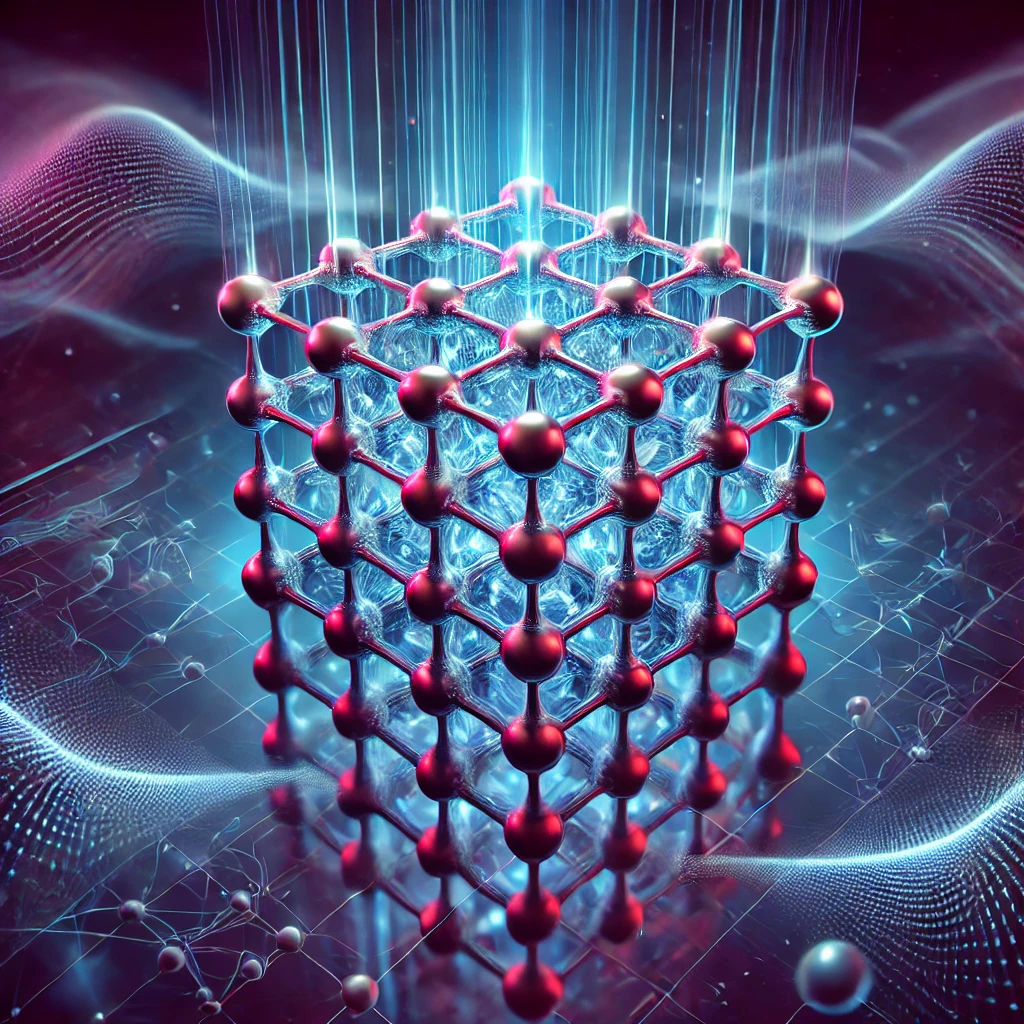A supersolid is a fascinating and counterintuitive phase of matter where constituent particles exhibit a duality: they are arranged in a crystalline structure while simultaneously flowing without friction. This phenomenon requires the particles to share a global macroscopic phase and self-organize spontaneously to reduce their total energy. Although the theoretical concept of supersolidity was introduced over half a century ago, only in recent years has experimental evidence confirmed its existence, primarily within ultracold atomic Bose–Einstein condensates (BECs) coupled to electromagnetic fields.
Until now, supersolidity has been observed in several implementations, including atoms confined in high-finesse cavities, materials with strong magnetic dipole interactions, and spin–orbit-coupled two-component systems displaying stripe phases. However, recent breakthroughs have paved the way for an entirely new manifestation of the supersolid phase—one that emerges in a driven-dissipative, non-equilibrium setting. This innovative approach utilizes exciton-polaritons condensed within a topologically non-trivial, bound state in the continuum (BiC) formed in a photonic-crystal waveguide.
Experimental Evidence and Key Findings
In this experimental realization, researchers successfully measured the density modulation of the polaritonic state, marking a significant breakthrough in the detection of translational symmetry breaking. The precision of these measurements reaches several parts in a thousand, offering unprecedented insight into the underlying physics of supersolids.
Beyond density modulation, this study also provided direct access to the phase coherence of the wavefunction. This crucial observation allows for a deeper understanding of the local coherence within the supersolid state. Unlike previous supersolid systems, which often required ultra-low temperatures and intricate magnetic interactions, the photonic-crystal platform presents a novel and more accessible method to investigate and manipulate supersolid behavior.
Implications and Future Applications
The emergence of supersolidity in a synthetic photonics material opens up vast opportunities for future research and technological innovation. One of the most exciting aspects of this discovery is the ability of the system to support phonon dynamics and exhibit a multimode excitation spectrum. This suggests potential applications in areas such as quantum simulation, advanced photonic devices, and even quantum information processing.
By demonstrating supersolidity in a non-equilibrium, driven-dissipative environment, this research redefines the boundaries of what is possible in condensed matter physics and photonics. It sets the stage for further exploration into complex quantum phases and their interactions, ultimately expanding our understanding of matter and light at a fundamental level.
The realization of supersolidity in photonic-crystal polariton condensates represents a paradigm shift in the study of exotic quantum phases. With its ability to combine long-range phase coherence and crystalline order in an accessible, low-loss platform, this system stands as a promising candidate for future developments in both theoretical and applied physics. As research continues, the implications of this discovery could extend far beyond fundamental science, influencing next-generation technologies and redefining how we harness the quantum properties of light.








Leave a Comment